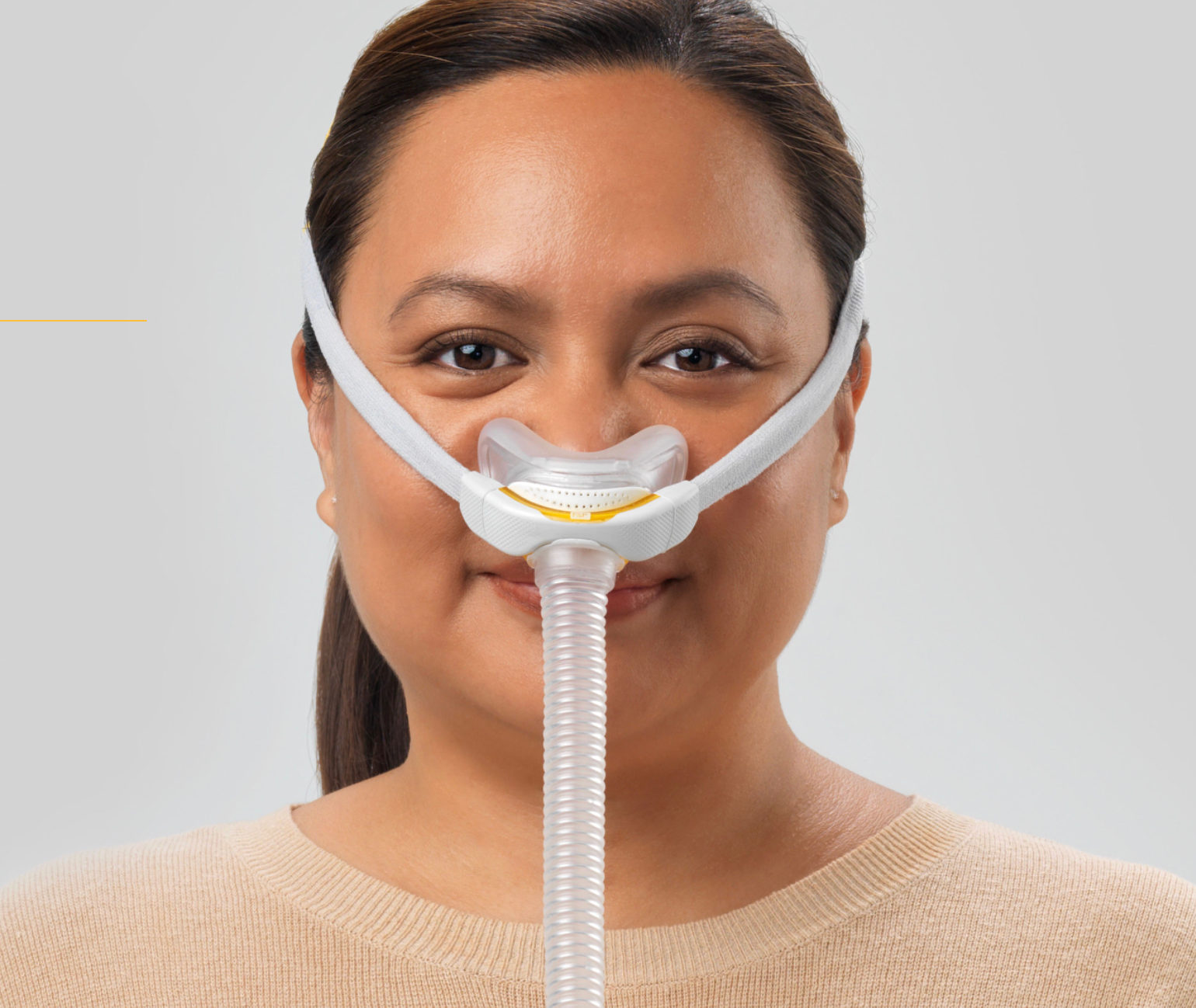Sleepless Nights: How Climate Change is Disrupting Global Sleep Patterns
How Climate Change Is Causing Sleep Loss
Climate change has become one of the most critical challenges facing humanity today. Its impacts are evident in rising sea levels, extreme weather events, and environmental degradation, but recent research reveals that it is also interfering with a more personal, invisible part of our lives: sleep. Sleep is essential for mental, physical, and emotional well-being, but millions of people worldwide are losing precious hours of sleep due to climate-related disruptions. This article explores the various ways climate change affects sleep and offers insight into how this lesser-known consequence of global warming threatens public health.
1. Heat and Sleep Deprivation
One of the most direct ways climate change affects sleep is through rising temperatures. Scientists estimate that the planet has already warmed by approximately 1.2°C (2.2°F) since pre-industrial times, and projections suggest that temperatures will continue to increase unless greenhouse gas emissions are curbed. Warmer nights make it difficult for the body to cool down — an essential process for initiating and maintaining sleep.
The human body follows a circadian rhythm, which regulates sleep-wake cycles. Body temperature naturally drops during the night, helping people fall asleep. However, when ambient temperatures remain high, the body struggles to cool down, leading to delayed sleep onset and poorer sleep quality. A 2017 study published in Science Advances found that each 1°C increase in nighttime temperatures reduces sleep duration by at least 10 minutes per person, with vulnerable populations such as the elderly being particularly affected.
2. Extreme Weather Events and Sleep Disruptions
In addition to rising temperatures, extreme weather events such as hurricanes, floods, and wildfires — all intensified by climate change — contribute to sleep loss. Disasters create immediate and long-term stress, making it difficult for individuals to relax and get quality sleep. Post-traumatic stress disorder (PTSD) symptoms, such as nightmares, insomnia, and anxiety, are common among disaster survivors. Studies show that sleep disturbances are frequent following catastrophic events, and the mental health toll can last for months or even years.
Evacuations and loss of shelter further exacerbate sleep loss during such events. Individuals displaced by floods, hurricanes, or wildfires often find themselves in temporary housing with inadequate sleeping arrangements. The uncertainty and stress of losing homes, jobs, or loved ones make restful sleep almost impossible during such crises.
3. Air Pollution and Respiratory Issues
Climate change contributes to higher levels of air pollution, which also interferes with sleep. Warmer temperatures increase the concentration of ground-level ozone, a harmful pollutant. Additionally, wildfires — which have become more frequent and severe due to prolonged droughts and high temperatures — release smoke and particulate matter into the air. Breathing in polluted air has been linked to respiratory conditions such as asthma, bronchitis, and obstructive sleep apnea (OSA), all of which impair sleep quality.
Research shows that individuals exposed to higher levels of air pollution experience more sleep disruptions. Sleep apnea, in particular, is a growing concern in areas with high pollution levels. People suffering from sleep apnea experience repeated interruptions in breathing during the night, leading to fragmented sleep and daytime fatigue.
4. Psychological Stress and Anxiety from Climate Change
The psychological impact of climate change is another factor contributing to sleep loss. Many people are experiencing “eco-anxiety,” a term used to describe the chronic fear of environmental doom. Constant exposure to news about wildfires, floods, or other environmental disasters can create heightened stress, worry, and a sense of helplessness, which make it difficult to relax and fall asleep.
Young people, in particular, are increasingly affected by climate-related anxiety. A 2021 study published in The Lancetfound that over 60% of young adults in 10 countries reported feeling "very worried" or "extremely worried" about climate change. This persistent worry can result in sleep problems, with many individuals finding themselves awake at night, ruminating about the state of the planet and their future.
5. Loss of Sleep Affects Public Health and Productivity
The sleep disruptions caused by climate change have far-reaching consequences for public health and productivity. Sleep is essential for cognitive functioning, emotional regulation, and physical health. Chronic sleep deprivation increases the risk of several health conditions, including heart disease, diabetes, depression, and obesity. It also weakens the immune system, leaving individuals more susceptible to infections.
Poor sleep also affects productivity and safety. Sleep-deprived individuals are more prone to accidents at work or on the road, and their decision-making skills are impaired. In regions where extreme heat is becoming more common, the combination of poor sleep and daytime fatigue poses significant risks for both individuals and society.
6. Vulnerable Populations: Who Suffers the Most?
While climate change affects everyone, certain groups are more vulnerable to its sleep-disrupting effects. Elderly individuals, people with pre-existing health conditions, and low-income communities are disproportionately impacted. Older adults often struggle to regulate their body temperature, making them more susceptible to heat-induced sleep loss. Those with respiratory illnesses or chronic conditions like sleep apnea also suffer more as pollution levels rise.
Low-income communities are particularly vulnerable because they may lack access to air conditioning or other cooling solutions during heatwaves. These communities are also more likely to live in areas with higher levels of pollution and are less equipped to handle the psychological stress of climate-related disasters.
7. What Can Be Done to Improve Sleep Amid Climate Change?
Addressing sleep loss caused by climate change requires both individual and collective efforts. On a personal level, individuals can make lifestyle adjustments to improve their sleep, such as:
- Using fans or air conditioning during heatwaves to keep the bedroom cool.
- Improving indoor air quality with air purifiers to reduce exposure to pollutants.
- Practicing relaxation techniques such as meditation or deep breathing to manage climate-related stress.
- Using blackout curtains to regulate light and temperature in bedrooms.
On a broader scale, governments and policymakers must take action to mitigate climate change by reducing greenhouse gas emissions and developing resilient infrastructure to withstand extreme weather events. Public health initiatives focused on improving sleep hygiene, especially in vulnerable communities, are also essential. Additionally, more research is needed to understand the full extent of the relationship between climate change and sleep loss and to develop targeted interventions.
Conclusion
The connection between climate change and sleep loss is an emerging field of study, but the evidence is clear: global warming is taking a toll on sleep quality across the globe. Rising temperatures, extreme weather events, air pollution, and climate-related stress are all contributing to sleep disruptions. Without adequate rest, individuals face a higher risk of developing health problems, reducing productivity, and experiencing emotional distress. Addressing this issue will require a combination of individual efforts and systemic changes to mitigate the impacts of climate change and protect public health.
Bibliography
- Basner, M., & Dinges, D. F. (2018). Sleep duration in the United States: A cross-sectional population-based survey. Journal of Clinical Sleep Medicine, 14(8), 1245–1254.
- Obradovich, N., Migliorini, R., Mednick, S. C., & Fowler, J. H. (2017). Nighttime temperature and human sleep loss in a changing climate. Science Advances, 3(5), e1601555.
- Gasparrini, A., Guo, Y., Sera, F., Vicedo-Cabrera, A. M., & others. (2015). Mortality risk attributable to high and low ambient temperature: A multicountry observational study. The Lancet, 386(9991), 369-375.
- Burke, M., Hsiang, S. M., & Miguel, E. (2015). Climate and conflict. Annual Review of Economics, 7(1), 577-617.
- Pihkala, P. (2020). Eco-anxiety and environmental education. Sustainability, 12(23), 10149.
- WHO. (2018). Ambient air pollution: A global assessment of exposure and burden of disease. World Health Organization.








Leave a comment
This site is protected by hCaptcha and the hCaptcha Privacy Policy and Terms of Service apply.